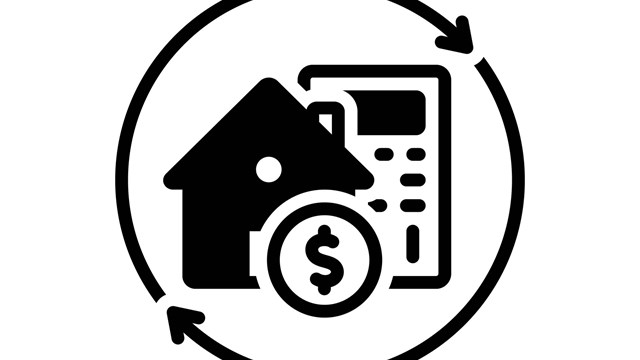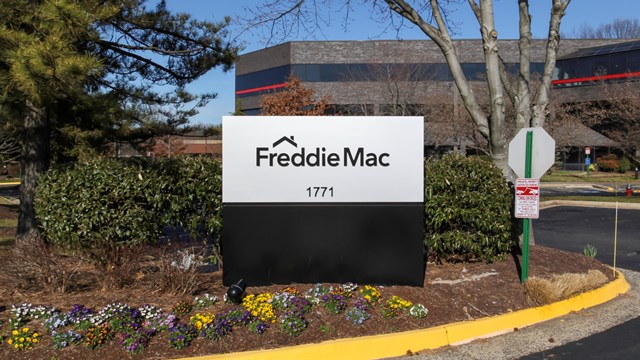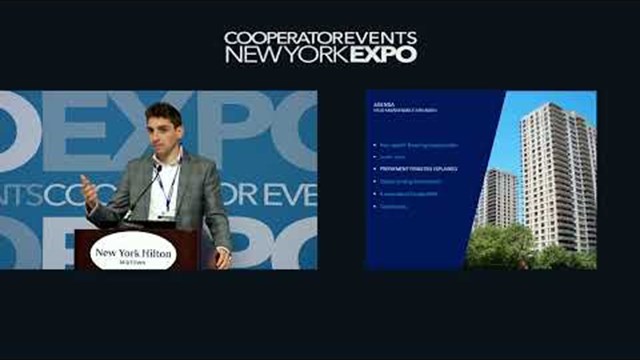
All for one and one for all. We always knew that buying a unit in a condominium project meant that the value of our property depended in good part on the likeminded conscientiousness of our neighbors. Where owners live, vote and fund the maintenance and improvement of the communities, homes and their values thrive. And it has been long understood that the more buyers who can bid for homes in the community, the more likely the value of the homes will be enhanced. But the interdependency between homeowners became a more serious relationship in 2010. No longer can we individually secure an FHA-backed loan to purchase or refinance a unit in a condominium. Those loans are now extinct, with one exception: where the condominium project as a whole receives the nod from FHA, FHA will allow lenders to make loans to individual homeowners living in the community. So how do we get the Federal Housing Authority to smile upon our particular condominium community? By proving that most residents live there, pay their fees, save money and can manage to stay away from being sued. If the overall condominium project wins FHA approval, some of us will get our loans.
The Lending Quagmire?
So what does this lending quagmire mean in the condominium context? The two 800-pound gorillas in this setting are the Federal National Mortgage Association (“Fannie Mae”) and the Federal Housing Administration (“FHA”). While they each have a major impact on financing home purchases, they go about their tasks quite differently. Fannie Mae purchases loans made by traditional mortgage lenders, thereby putting more money back into the marketplace and allowing lenders to lend that money for new loans. In many instances, Fannie Mae ends up owning the loan. Even when lenders don’t sell directly to Fannie Mae, however, they generally seek to ensure that their loans are saleable to Fannie Mae to maximize the marketability of their loan portfolios. Of course, Fannie Mae imposes minimum standards on the loans that it purchases to decrease the likelihood that it will ever have to foreclose and, if it does have to foreclose, that it will recover the amount it paid for the loan. Obviously, prior Fannie Mae standards did not sufficiently protect it on this front, which is why we have seen significant changes in its guidelines over the preceding year.
FHA, on the other hand, does not purchase loans. Instead, it insures loans made by traditional lenders. This allows lenders to make loans that would typically be considered more risky, because the buyer puts down less than 20 percent of the purchase price. If the loan meets FHA guidelines then FHA will then insure the loan so that if the lender should ever need to foreclose and does not realize the amount lent, FHA will make up the difference. This insurance comes, of course, at a price, which is paid by the buyer; typically 1.5% of the loan amount upon closing and one-half of one percent of the loan amount per year, at least until the loan amount is reduced so that it represents 78 percent or less of the property value.
Need Cash Down
Traditionally thought of as a program only for first time home buyers who could not afford to otherwise finance a home purchase, this is no longer the case. The substantial run-up in home prices throughout the country means that many buyers do not have, or do not want to invest, the large amount of cash that is required in order to put down a minimum of 20 percent on a home. In 2009 FHA insured approximately 30% of all residential mortgages in the United States. As of February 2, 1010, FHA eliminated loans on a spot-loan basis. This was a program under which FHA would look at a condominium project for a single loan and give a thumbs up or down. Now the condominium as a whole must secure FHA approval before any FHA-insured loans may be made to buyers or residents living in the community. Unlike the down-payment of 20 percent required for a “conventional loan,” the FHA requires only 3.5 percent of the home purchase price be paid as a down-payment. FHA also permits a lower FICO score than even Fannie Mae. Finally, in recent years, the maximum FHA loan amount is now competitive with Fannie Mae loan amounts. Many homeowners find FHA loans to be an attractive alternative to conventional loans, particularly in hard economic times. But in order to make a condominium project’s units available for FHA loans project approval must be obtained and renewed every two years. For projects that previously had FHA approval, those approvals, if granted before October 1, 2008, will have to be renewed by December 7, 2010 to remain viable. For those granted after October 1, 2008, the renewal will be required two years from the date project approval was issued.
Condominium project approval is meaningful to the marketability of the units in a condominium as well. Where greater financing opportunities are available, sellers in any one condominium will likely find a greater pool of eligible buyers. Further, the community's certification is a signal to all other lenders that if the government thinks a particular condominium project is worthy, then it must be. While Fannie Mae no longer accepts, as it once did, FHA approval in place of its own approval, it is thought that having FHA project approval is more likely to lead to spot loan approval by Fannie Mae. The spot-loan approval process still remains alive under Fannie Mae’s guidelines.
FHA Eligible?
FHA eligibility is, in certain regards, still less stringent than Fannie Mae’s, but there are certain minimum requirements, as referenced below:
• The community must meet standards for property, liability and fidelity insurance and, when applicable, flood insurance too.
• Not more than 25 percent of project’s floor space may be devoted to commercial use.
• With the exception of developer-owned units that are not rented, not more than 10 percent of units may be owned by any one owner.
• No more than 15 percent of the units may be more than 30 days delinquent
• A majority of units must be owner-occupied, though units owned by a lender following a foreclosure will be deleted from the both the denominator and numerator in calculating that fraction.
• Budgets must be “adequate” and includes sufficient revenues to provide for the proper operation of the property and all amenities, an allocation for reserves of not less than 10 percent of the full budget, and reserves to cover insurance deductibles.
• HUD must review and approve any pending litigation. This applies to all litigation other than routine collection lawsuits. Even lawsuits being defended by insurance defense attorneys fall in this category.
There are also additional requirements for projects still under development, those comprised of manufactured housing and condominium conversions.
Even after the above-mentioned criteria are met, FHA will not insure more than 50 percent of the loans in any one community this year and not more than 30 percent of the loans in any one community for future years, though there remains the possibility that this may change before 2011.
Communities may apply for FHA project approval through certain HUD-endorsed lenders or independently on their own. Typically, those FHA-endorsed lenders charge a fee for issuing FHA project approval. Associations can speed the process by retaining an attorney or service agency qualified to procure project approvals. Whether using a lender or independent firm or agency to obtain the approvals, various documents ranging for the recorded governing documents, insurance declaration pages, flood maps and financial information must be assembled and submitted in appropriate format.
J. David Ramsey is a partner in the Real Estate Department and chair of the Community Association Practice Group, and Jennifer A. Loheac, an asociate in the Real Estate Department and a member of the Community Association Practice Group of the Woodbridge-based law firm of Greenbaum Rowe Smith & Davis LLP.









Leave a Comment